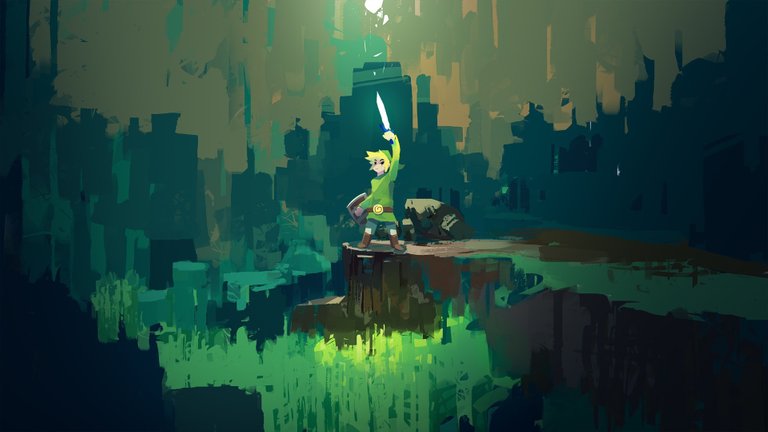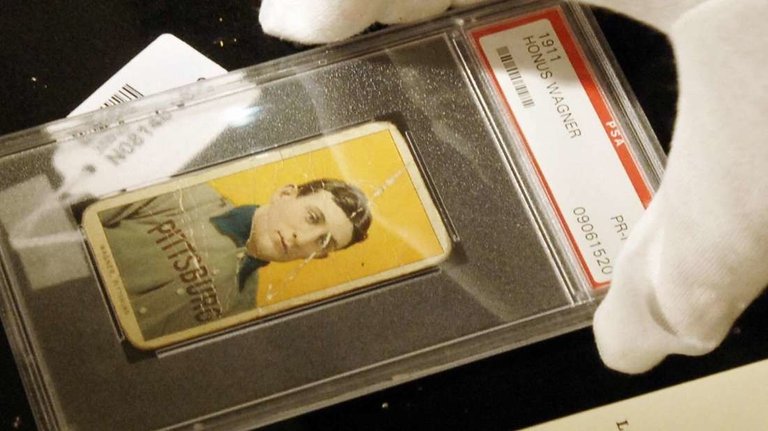
Let's dive into the $200B market surrounding collectible valuables
The Collectables Market
There is an interesting psychological factor into why we collect things. The satisfaction associated with collecting items can stem from pure enjoyment to investment. The endowment effect is a phenomenon closely tied to the industry, which illustrates our tendency to value things more once we own them. Collecting comes from the experimentation of arranging and classifying parts of a "smaller world" within our very own.
Pokemon started in Japan in 1995 and saw a huge peak in interest and popularity in the early 2000s. For this reason, first edition stamped Pokemon cards are sought out by collectors and investors due to their rarity and historical significance to the Pokeverse (Pokemon community).
There are communities surrounding seemingly any item such as first issue Beatles records, first appearance Batman and Superman comic books, baseball cards, movie posters, figurines and even Fortnite virtual skins.
Rarity
Rarity plays a huge factor into how an item can have value. Scarcity value is described as the economic factor that increases an item's relative price based more upon its relatively low supply. Rarity is arguably one of the most important factors in determining a collectible's value. An item is rare if there are only a few available in circulation, the object is completely unique, or it is hard to obtain.

A great example is the T206 Honus Wagner card that was issued between 1909 to 1911. Only 50 to 200 cards were ever distributed to the public (exact number unknown), as compared to the "tens or hundreds of thousands" of T206 cards for any other baseball player. This card shown above was sold for $2.1 million in 2013.
A transaction ledger of one of the T206 Honus Wagner cards that was held by Wayne Gretzky is widely known and popularized within the baseball community as the "Gretzky T206 Wagner".
A Changing Landscape
There is no denying the massive impact that the internet has had on society and the infrastructure of economy. Consider the fact that the growth of the internet, as a secure shopping channel, has only existed since 1994. That means anyone younger than the age of 24 has lived their entire life with the existence of shopping online.
Markets are undoubtedly going online and collectibles, memorabilia, and assets are following suit. Sites like eBay first emerged as a leading platform for online auction style bidding for items that were not easily accessible at stores. In 1997, the site experienced huge traffic for the highly collectible item at the time, Beanie Babies.
Can a Digital Good be Rare?
Although the internet and digital data have been around for almost 3 decades, digital scarcity is something brand new.
Let's take a very basic example of ownership. Let's say you have the Beatles "White Album" on vinyl and give it to a friend. Your friend now has possession of the album and you no longer have it.
This model completely changed with digital data and the internet. When this Beatles album became digital and accessible online, everyone had access to the same copy of the album and it could be infinitely copied and sent to anyone. The concept of ownership quickly vanished as digital data became easily attainable and shareable.
How does one combine ownership, scarcity and a digital good? The answer to this question lies within an emerging data structure called blockchain.
Let's take a moment and watch this great video from Vox about one of the most popular experiments in combining digital data and scarcity - cryptokitties. With Cryptokitties, over $22.3M worth of digital cats have been sold since launching in 2017.
The Kitties aren’t just cute digital images of cats. They are non-fungible tokens managed, protected, and authenticated by the Ethereum blockchain.

This cryptokitty sold for $110,707.16 (data from https://kittysales.herokuapp.com/)
Blockchain creates a whole new class of digital assets due in part to 3 unique key properties. Transparency, immutability, and decentralization.
- Transparency - There is a visible, public ledger logging the history of item. This means everything from dates, owners, and price can be tracked easily.
- Immutability - The blockchain cannot be changed in any way or form meaning that the digital asset being held on the blockchain is free from alteration.
- Decentralization - Assets are not stored in a central location and not governed by a single authority. The decentralized nature of Ethereum provides the assets full control and sovereignty.
The combination of ownership, scarcity, and digital assets have now been interwoven.
The New Playground
Where does one enter this world of assets and collectibles? How does one begin to buy, sell, exchange digital goods? At the moment, there is no clear platform or marketplace that has taken the same precedence as eBay. In addition, most digital assets are native to the current project that created them in the first place (ex: Cryptokitties).
Out of all the uncertainty in the domain, one clear upcoming leader in this new world of digital assets is emerging quickly and it's called Gamedex.

Gamedex recently gained a lot of attention with its recent seed round, successfully raising $800,000 dollars from Invictus Ventures.
Their mission is to simplify the world of digital assets by creating a platform which will act as ‘Steam for blockchain games’ and their assets. The platform will operate as a wallet, exchange and game marketplace rolled into one, making buying games or their assets as frictionless as possible.
The marketplace will allow users to buy, sell, and exchange any digital assets in the same way as classic collectible games like Pokémon, Magic: The Gathering, and more.
Non-cryptocurrency digital assets (NCDAs) are quickly gathering momentum and Gamedex is planning to be the household name and trusted platform to facilitate them.
Conclusion
As with the beginning of every new and emerging technology, it is hard to pinpoint the impact it will have down the line, in the future. Collectibles and gaming have been around long enough for communities and markets to materialize around their infrastructure. Blockchain will undoubtedly becoming a driving force into a safer and more transparent way of dealing with assets digitally. The tech giants of blockchain-driven assets have not yet risen. The Amazon's and eBay's have not yet manifested and it's a smart idea to keep an eye on early movers like Gamedex.
This is a fantastic and well-written article. I love the story about the T206 Honus Wagner aka. Jumbo Wagner.
I wonder what digital collectible card will amount to the status of the "Jumbo Wagner" some years from now.... >.<
Congratulations @alonshvartsman! You have completed the following achievement on Steemit and have been rewarded with new badge(s) :
Click on the badge to view your Board of Honor.
If you no longer want to receive notifications, reply to this comment with the word
STOPDo not miss the last post from @steemitboard:
SteemitBoard and the Veterans on Steemit - The First Community Badge.
Congratulations @alonshvartsman! You received a personal award!
You can view your badges on your Steem Board and compare to others on the Steem Ranking
Vote for @Steemitboard as a witness to get one more award and increased upvotes!